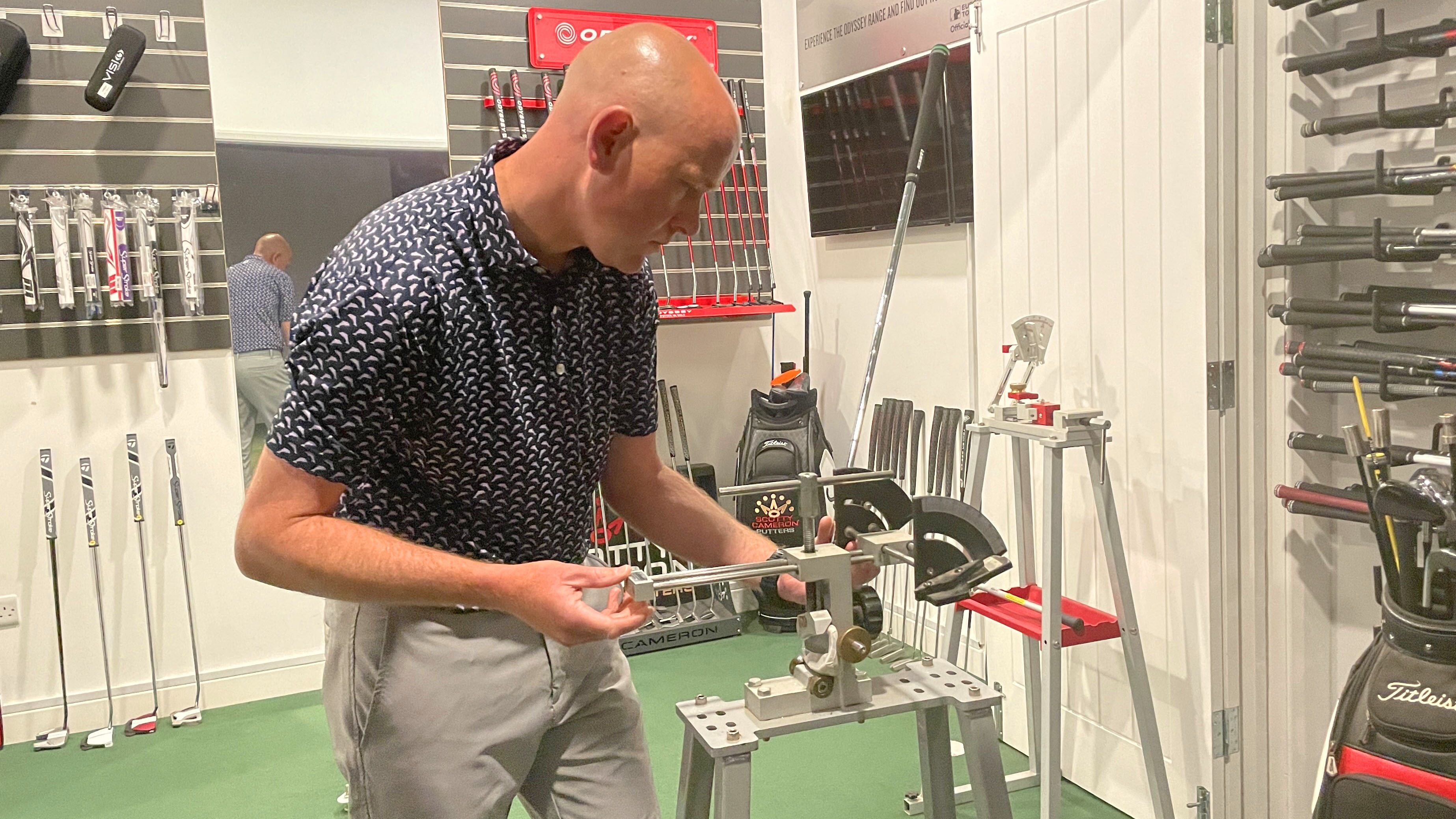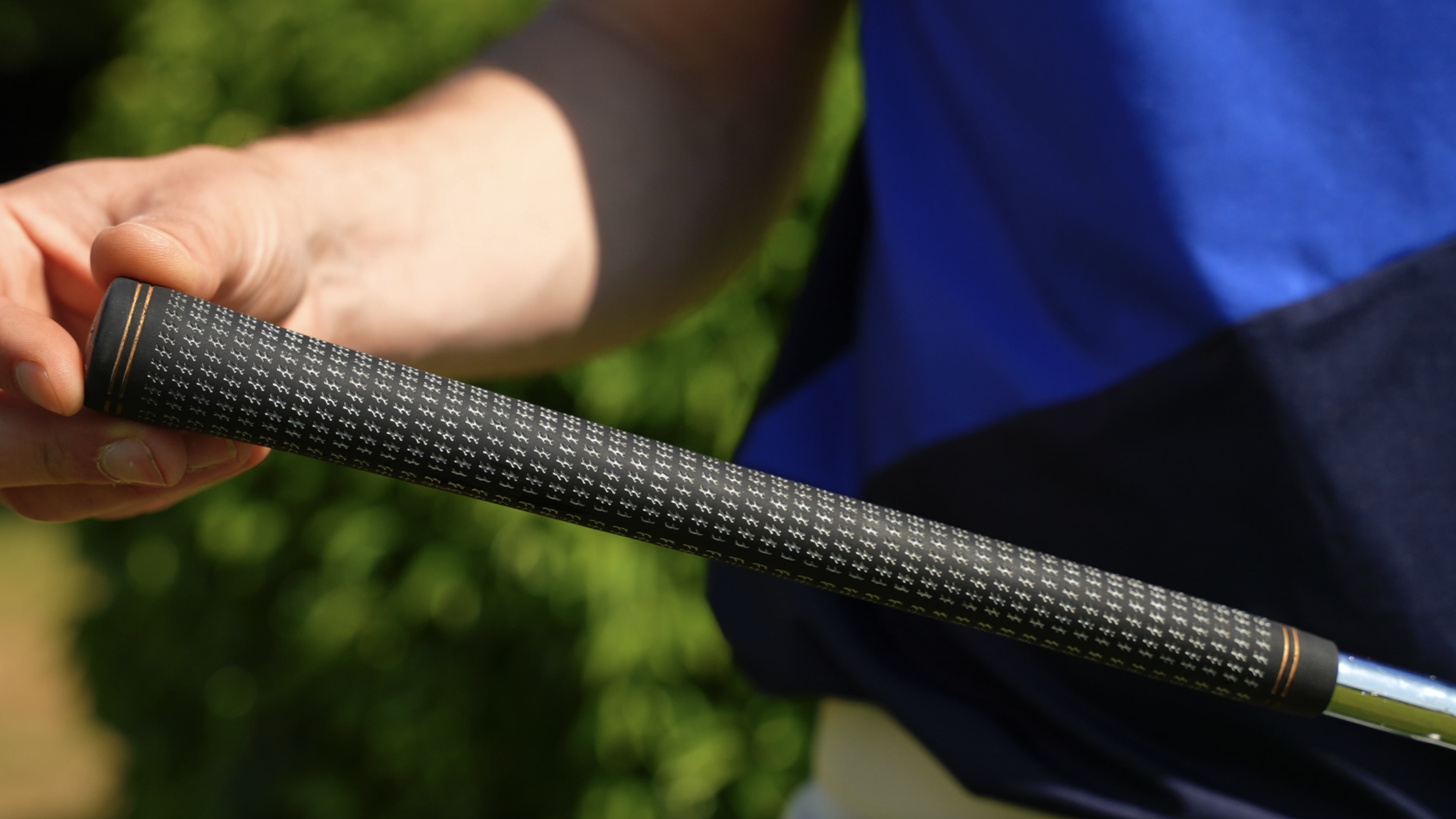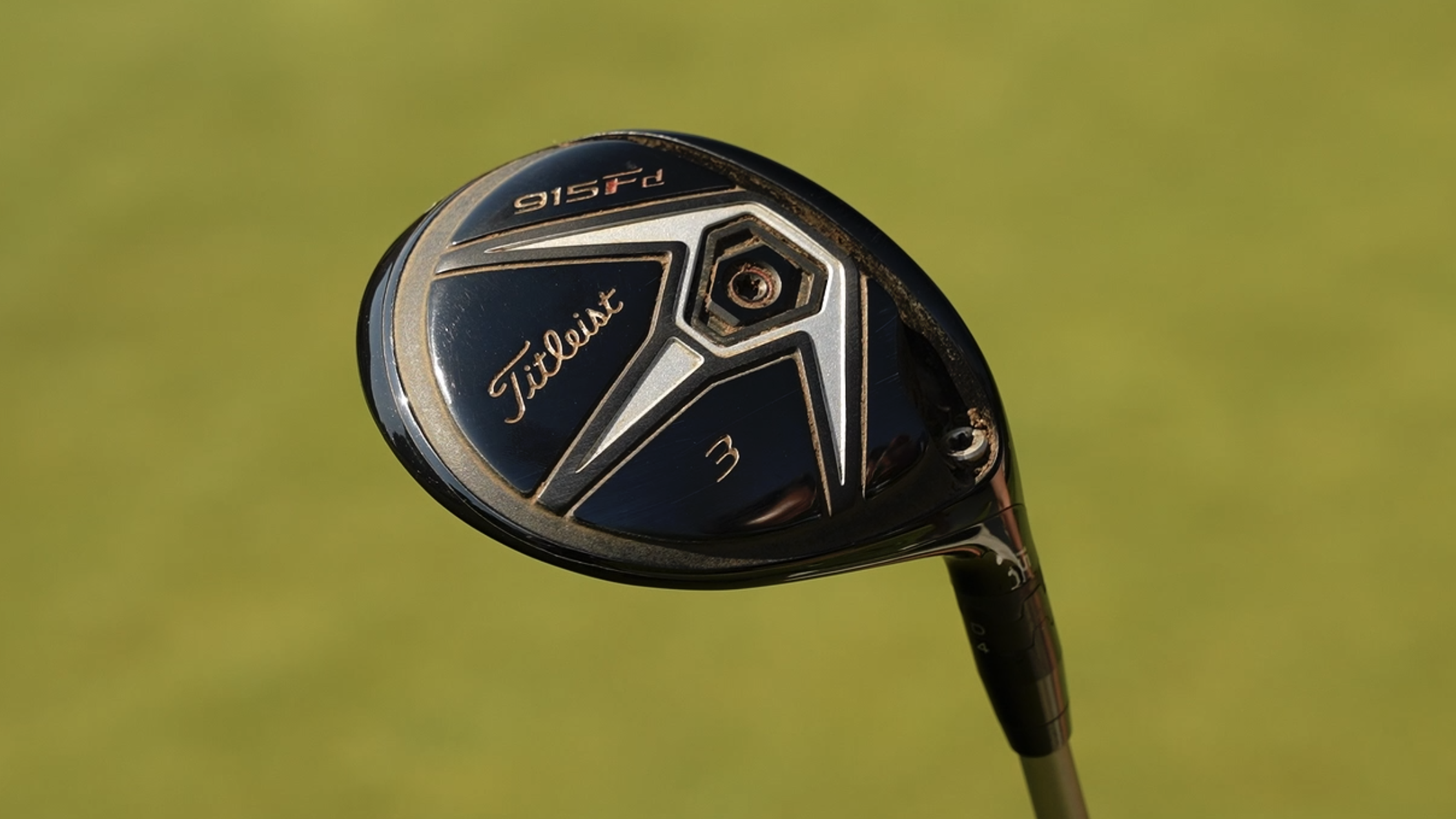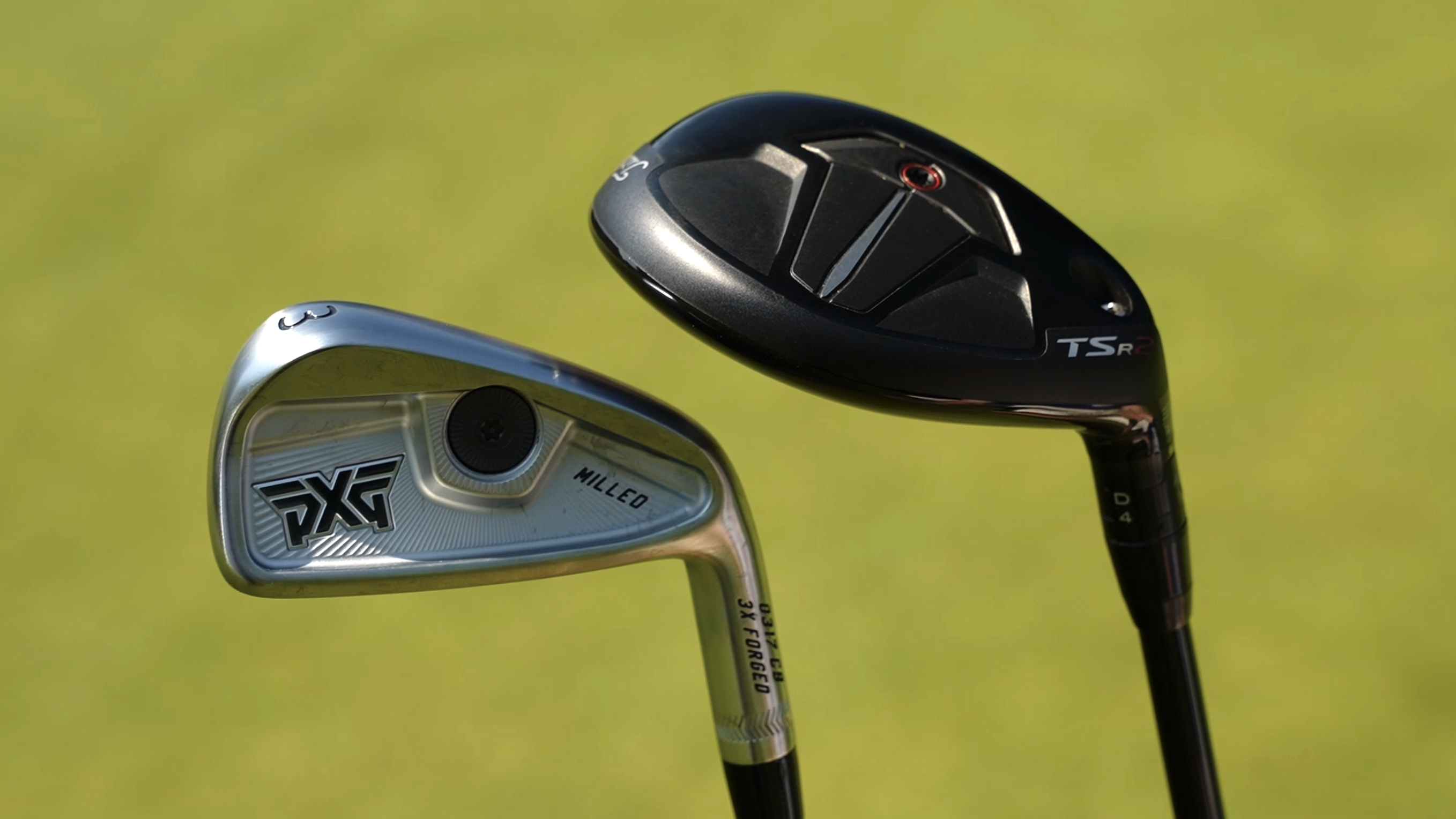9 Gear Mistakes Even Experienced Golfers Make!
We break down some of the most common gear howlers golfers make so you can avoid making the same mistakes


9 Gear Mistakes Even Experienced Golfers Make!
Even accomplished players can make mistakes when it comes to their equipment. We've picked out nine of the most common howlers to make sure you don't make the same errors with the gear in your bag.
1. Not Checking Your Loft And Lie Angles
This applies to pretty much every club through the bag, but especially with your irons and your wedges. With these clubs you're hitting the ground a lot and that force generates a lot of repercussions into the head and shaft over time. This is often the case if the ground is hard and you take big divots, you are likely to alter lie angle of the head and also the loft of the club. If your clubs are forged they will be slightly softer, so over time, hitting shot after shot could cause the club to be pushed out of line.

Get your irons checked on a loft and lie machine by your PGA pro
If your lofts are out, whether they're too strong or weak, over time this will lead to bad distance gapping, causing the ball to travel longer or shorter than it's supposed to go. If the lie angle is off, you could get the toe or the heel entering the turf too quickly, which can cause the face to open or close, leading to bad turf interaction and therefore increasing the dispersion of your shots. Your local professional should be able to measure your lofts and lies and re-calibrate them to help you play better golf.
2. Choosing Clubs Based On Distance Over Accuracy
We're all guilty of this, but especially with driver, picking the make and model that goes the furthest when we hit out in the middle, without considering how playable it is on the course. I think that it is one of the main problems with custom fittings. You get in a groove with your swing and over time you'll learn to exactly strike the club out of the middle of the club face, therefore the results can provide almost a false reality of what the performance of this club is like, versus what it's like when on the golf course. Really consider how playable certain drivers are. We know low spin drivers when struck out of the middle are often going to go further than more forgiving drivers. However, think about how much control you really have over that low spin option when you take it out onto the golf course and are forced to hit a fairway.
Subscribe to the Golf Monthly newsletter to stay up to date with all the latest tour news, equipment news, reviews, head-to-heads and buyer’s guides from our team of experienced experts.

3. Not Changing Your Grips
As good players, we sometimes feel like grips don't really matter and we can still swing the club the way we want to, but actually, a new grip can completely reinvigorate the feel and control you get over a golf club. If they're starting to show signs of wear and the grip is clearly beyond its best, it's well worth making that investment in a new set of grips to reinvigorate that feel and control that you had when you first got them, and also making sure you have the same type of grip through the different clubs in your bag.
4. Failing To Upgrade Fairway Woods
We know keen golfers are very happy to invest in a new driver and a new set of irons, but when it comes to the fairway wood, there's often some old favorites that stay in there for longer than they probably should. Yes, that familiarity breeds a bit of confidence, but what you are losing out on is modern technology and that is going to deliver an awful lot of speed and performance. In our testing, you can see some big gains made in the new fairway woods, versus models from one or two generations previously and so if you've got one that's maybe five, or even more years old, I think you should definitely think about upgrading to one of best fairway woods released this year.

5. Not Putting Ego Aside When Choosing Irons
This mistake relates to picking an iron that's perhaps too good for you. In fittings, it's easy to get into a bit of a groove, start hitting the middle more often and get a slight false sense of confidence about the type of iron that you could play. Maybe you opt for something that's a little bit more feel orientated and compact versus one that's a bit larger, a bit more forgiving. But on the golf course your hitting shots with different clubs, you get different lies, different slopes, different conditions. It's not going to be as easy to strike your irons out of the middle consistently compared to when you're on the range.
6. Teeing The Ball At The Incorrect Height
Yes, there's some kind of wiggle room in terms of what is an optimum tee height for you, depending on your attack angle and the way you deliver the driver, but a lot of golfers tee the ball too low. They feel like that gives them the best chance to hit the ball out the center of the face, but actually when you're striking the ball low, it's going to launch low with a little bit too much spin. When you're teeing the ball up, I would always recommend having around about half the ball above the crown of the driver, that's going to give you that optimum combination of high launch low spin from the top half of the face.
The other mistake is people that tee the ball too high, attempting to get that high launch, low spin, booming ball flight that's going to give them maximum distance. You often see golfers overdo it start to see those sky marks on the crown which is something that you want to avoid, especially if you just spent £500-£600 on a completely new model.
7. Choosing Clubs Based On Looks
I'm not saying that looks aren't important and if there's a toss up between two clubs that perform very similarly, yes, you should absolutely choose the one that you prefer the look of as that's going to give you the most confidence. That said, you may like the look of a compact headed driver, despite not being a golfer with tremendous speed and accuracy from the tee. The issue is we know that compact heads are also the least forgiving and also probably the lowest spinning. So just because you like the look of a compact head, it doesn't necessarily mean it's going to give you the best performance versus other drivers in the range that might be have a slightly larger profile or a bigger footprint.
I would definitely say it applies to irons as well. Certainly when it comes to things like sole width and turf interaction. You might not prefer the look of some of the most forgiving irons, but they're going to give you a bit more margin for error on your strike, especially if the conditions are slightly damp. So, looks play a part, but I don't think they need to be the overriding factor when it comes to choosing your golf clubs.

8. Having A 3-Iron In The Bag
For the majority of golfers, a 3-iron needs to be nowhere near your golf bag. There's a lot of experienced golfers that persist with these long irons and while you might prefer the look of an iron versus a hybrid, you're going to experience an awful lot more consistency in terms of front to back dispersion and also stopping power with a hybrid. It may take a bit of time to get used to, but the playability that it delivers, both from the tee and off the deck, is going to allow you to hit much better shots consistently. So really consider switching your long irons especially into hybrids, as they're likely to give you a much more user friendly performance in the long run.
9. Playing The Wrong Flex Of Shaft
The last regular mistake golfers make is choosing a shaft flex that's too stiff for them. I think it's a bit of an ego thing, we don't want to be transitioning down into a lighter flex and I think we're all guilty of wanting to play as stiffer shaft as possible for some reason. It's a little bit ridiculous, but I think it's the way a lot of golfers think, especially good players who probably could be transitioning from an X into a stiff, yet want to carry on playing the extra stiff option because it's what they've always played. Just because you played an extra stiff shaft five years ago, doesn't mean necessarily that you've got the power in the locker to use one and benefit from one now.

Joel has worked in the golf industry for over 15 years covering both instruction and more recently equipment. He now oversees all equipment and video content at Golf Monthly, managing a team of talented and passionate writers and presenters in delivering the most thorough and accurate reviews, buying advice, comparisons and deals to help the reader or viewer find exactly what they are looking for.
One of his career highlights came when covering the 2012 Masters he got to play the sacred Augusta National course on the Monday after the tournament concluded, shooting a respectable 86 with just one par and four birdies. To date, his best ever round of golf is a 5-under 67 back in 2011. He currently plays his golf at Burghley Park Golf Club in Stamford, Lincs, with a handicap index of 3.1.
Joel's current What's In The Bag?
Driver: Titleist GT3, 9°, Fujikura Ventus Black 6 S shaft.
Fairway wood: Titleist TSR3, 15°
Hybrid: Titleist TSi2, 18°
Irons: Titleist T150, 4-PW
Wedges: Titleist Vokey SM10, 50°, 54° and 58°
Putter: LAB Golf DF3
Ball: 2025 Titleist Pro V1x